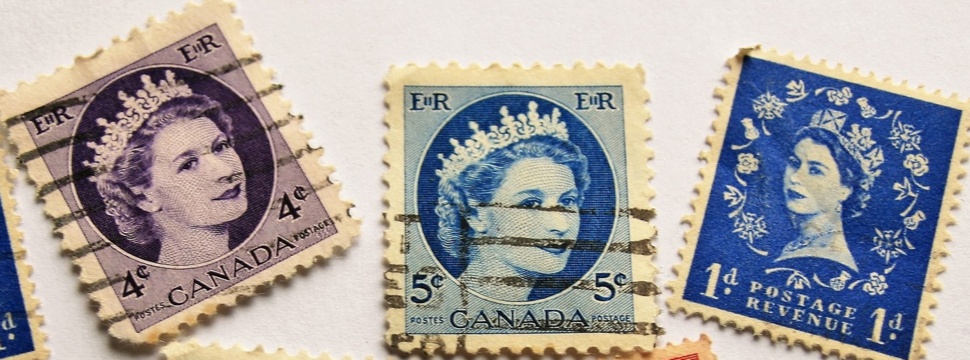Innovation by stamps: Fee paid by the sender
News News blog
The basic idea behind the invention of the postage stamp was to have the sender, rather than the recipient, collect the postage. This created the first "prepaid system," so to speak. It also simplified and reduced the cost of letter postage, so that correspondence was no longer the exclusive preserve of rich people.

The first stick-on stamp was issued in the United Kingdom from May 1, 1840, following Rowland Hill's proposals. The value at one penny is referred to in collector circles as One Penny Black. It is considered to be the first postage stamp in the world.
Shortly after the first two stamps in the world were issued, other countries followed suit.
Stamps underwent their first major change when, starting in 1854, Great Britain began to separate the stamps from each other on the sheets by perforations, thus making the separation much easier. This resulted in the typical toothed edge of stamps. Previously, scissors were used to separate the stamps.
Collectibles
Due to the rapid spread of the stamp, philately also became more and more widespread. At first, people collected the small postage stamps from the daily mail just for fun and used them, for example, to stick on lampshades, which, however, almost always destroyed the collectibles. Then in 1860 the first stamp albums appeared.
Stamp language
In the course of time, a special stamp language developed. By placing the stamp(s) on the letter, one could convey secret messages to the letter recipient. Thus, a stamp stuck upside down means "I love you", a stamp stuck left side down means "I'm coming soon", etc. However, over time, this form of secret communication disappeared.
Means of propaganda
With the heads of monarchs or politicians, a kind of personality cult could be practiced, e.g. with Queen Elizabeth II of Great Britain, the founding father George Washington of the USA or Josef Stalin in the Soviet Union. The Soviet Union also gave a lot of space to motifs from space travel in order to propagate the country's technological superiority and the associated claim to leadership.










